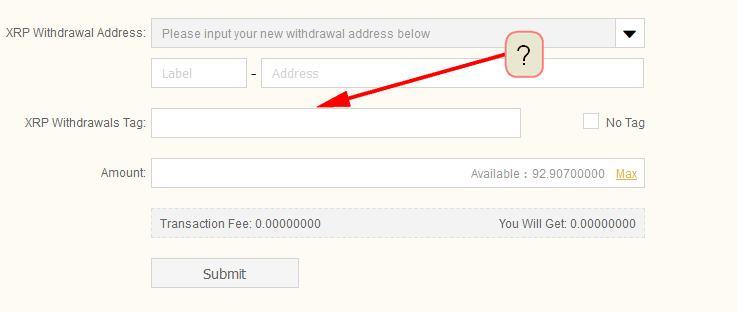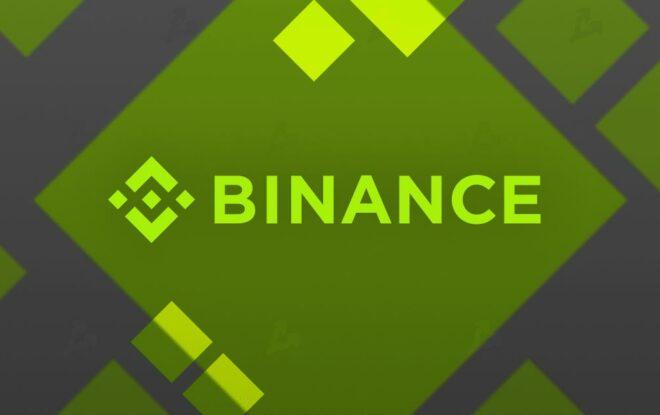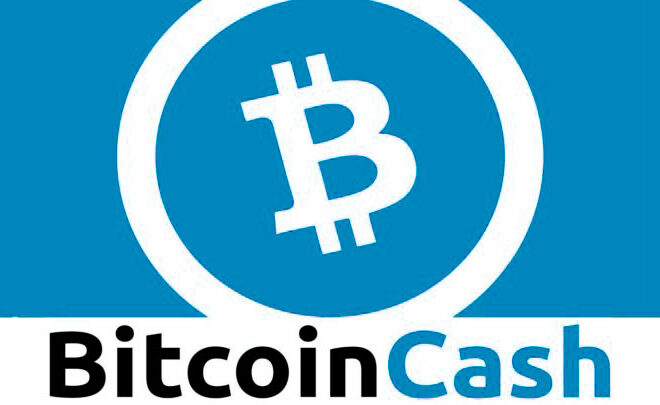Ripple (XRP) Destination or Withdrawal Tags – What Are They?
If you are new to Ripple, you might be a bit confused when it comes to sending XRP to your wallet address. Some exchanges/wallets will not process your deposits unless a Ripple destination tag is included.
Unlike a regular crypto, XRP (Ripple), Stellar (XLM) and Monero (XMR) have some very important caveats when it comes to coin management. These caveats aren’t obvious and will take getting used to. These coins use Destination Tag technology, in order to assign the specific recipient of the transaction.
And so, what are Ripple Destination/Withdrawal tags? Keep reading.
What is Ripple Destination Tag?
[crypto_widgets id=”3751″]
Ripple developers have implemented the concept of Destination (Withdrawal) Tag since activating a wallet for these assets require some funds. For an exchange which has hundreds of thousands of customers trading these assets, it is not economic to create so many wallet addresses.
So this specific feature gives them an option to verify all incoming deposits on the same wallet address since each customer is given a unique destination tag while they make the deposit into their wallet. Payments can be verified automatically by the exchange using the wallet address (account name) + destination tag, which in turn leads to the crediting of correct balance into customer trading account.

For example, some trader gives you their Ripple address to send coins to, and you suddenly notice that this is the same XRP address as yours. How’s that possible?
It happens since exchanges often use a one XRP address for all their Ripple traders. The only difference is the Destination Tag, a short complimentary code piece that assigns your transaction to a certain account.
Once you set wrong destination tag, you’ll lose your funds. Either the funds will be sent to any other user having that combination as the tag, or to the exchange storage as an unassigned transaction.
It’s like the numbers of rooms. If you live in the same building, you’ll need to use exactly your room number. If you live in a private house, you won’t need one.
The ripple destination tag format looks like a 6-10-digit number:
0123456789
How Do You Make a Destination Tag?
The Destination Tag is not needed if you have your own personal wallet address (e.g. hardware wallet like Ledger Nano S). However, when it comes to exchanging your coins using centralized services (like Coinbase, Bittrex or Poloniex), the Destination Tag becomes mandatory.
- Exchange Wallet
To find your destination tag, go to your exchange or wallet provider and look for a 6-10-digit number called Destination Tag. If you do not specify it, your money will come to a main account of the exchange and will never be assigned to your personal account.
- Cold Wallet
You will receive the transaction regardless of the chosen destination tag, as you are the only user and owner of this wallet address. If filling out the field is mandatory, just put random numbers here. You’ll get the money anyway.
- Desktop wallet
When you are copying the address of your XRP wallet, it is copied together with the destination tag. Please keep it mind that you may need to remove the tag after pasting the address.
- Toast wallet
Toast wallet destination tag is 0.
Conclusions
We have seen cases of loss of funds due to this. Please always ensure you check this requirement before sending Ripple (XRP) to any wallet, better yet, test sending a small amount before you send it all. If funds have already left your Ripple wallet, transactions on the blockchain are irreversible.




